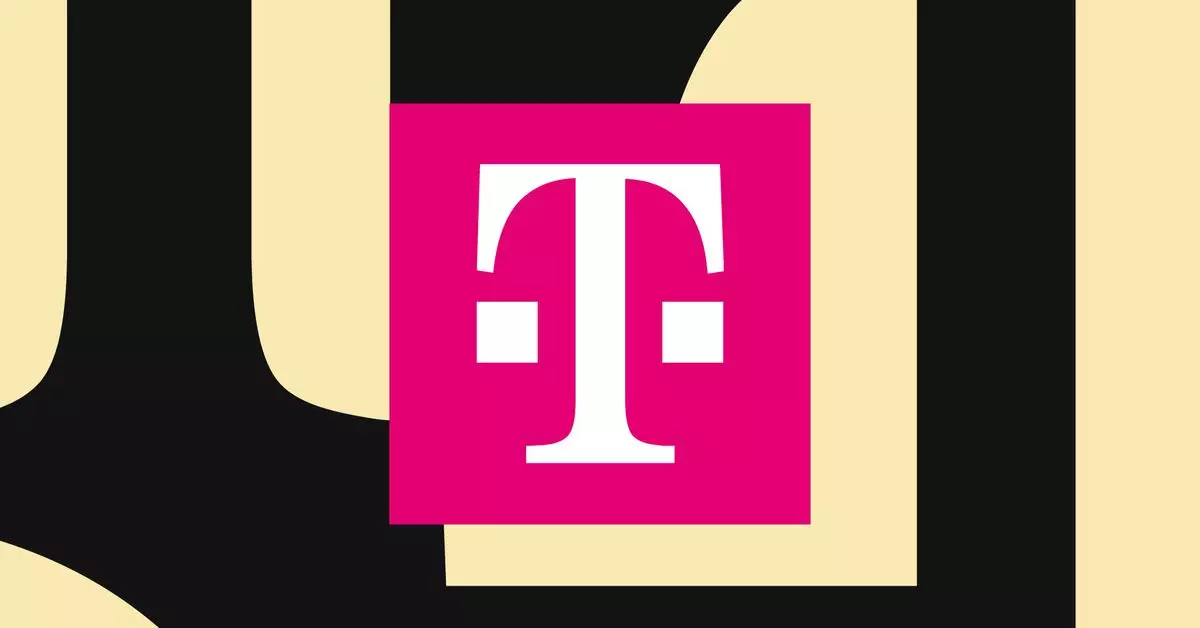Recent developments in communication technology are showcasing the potential for innovation to bridge gaps in connectivity during critical situations. With the Federal Communications Commission’s (FCC) recent decision to grant SpaceX and T-Mobile provisional clearance for their ground-breaking direct-to-cell service utilizing Starlink satellites, this partnership represents a significant leap in emergency communication capabilities. The initiative was partly sparked by the devastating impacts of Hurricane Helene, which wreaked havoc in North Carolina, leaving the region in dire need of effective communication methods as traditional infrastructures crumbled under the pressure of severe weather.
The Starlink satellite constellation, while not fully operational, has taken meaningful steps towards addressing the coverage gaps left by the natural disaster. Immediately after the recent approval, satellites began transmitting essential emergency alerts to cell phones across various networks. This action not only marks a pivotal point in crisis communication but also signifies a broader shift towards utilizing technology for immediate benefit during emergencies.
The aftermath of Hurricane Helene highlighted the vulnerability of communication networks, as severe flooding resulted in extensive “blackout zones.” These areas, severely affected by the catastrophe, left residents without conventional communication means, exacerbating their challenges during recovery efforts. As reported by the FCC, while recovery progress has been noted, numerous locations remain significantly deprived of reliable connectivity.
The temporary introduction of basic SMS texting capabilities through the T-Mobile network in conjunction with the Starlink project could prove crucial. Such capabilities allow for brief but essential communication, potentially saving lives and supporting recovery operations. With the tacit acknowledgment that full service cannot be guaranteed yet, the concept of a “best-effort basis” underlines the project’s commitment to addressing communication needs in immediate and practical terms.
Despite the promise shown by the collaboration between SpaceX and T-Mobile, the initiative has not gone unchallenged. Major carriers such as AT&T and Verizon have raised concerns about potential disruptions to their existing networks due to satellite signals. Their opposition underscores a critical aspect of technological advancement: while innovation can provide solutions, it can also spark contention among established players within the industry.
Ultimately, the launch of the direct-to-cell initiative highlights an essential trade-off between traditional communication methods and the emergent capabilities of satellite technology. In an era where rapid responses to disasters can mean the difference between life and death, such conflicts may stifle progress if not navigated carefully. Resolving these issues will be crucial for allowing satellite communication technologies to thrive alongside conventional networks.
A New Dimension in Emergency Communications
The temporary approval of SpaceX and T-Mobile’s direct-to-cell service signifies a transformative approach to emergency communications that harnesses satellite technology. While it presents challenges, the potential benefits to communities affected by disasters cannot be overstated. As we continue to explore the implications of such innovations, it remains essential to balance the benefits against the challenges within a competitive landscape in the telecommunications industry. The success of this endeavor may redefine how we think about connectivity and communication in times of crisis, paving the way for more resilient infrastructures in the future.

